Media | Articles
Are these 7 classics from the ’70s creeping out of reach?
The Hagerty Price Guide (HPG) is a treasure trove of data about classic cars of all shapes and sizes. It collects sales data from places others can’t, including peer-to-peer sales you will never see on an auction site or classified listing. Some of the most interesting trends are seen when pulling HPG’s pricing data for vehicles in #3 condition (Good), as they aren’t likely to be recipients of big-dollar restorations; rather, they are driver-quality cars that received plenty of TLC over the course of their lives.
Something amazing happens when you pull HPG’s data for cars from one of the most undesirable periods in automotive history. The 1970s started off with heady days of delight, turning into a Malaise Era of undesirable, secretive engineering that made cars safer, far less polluting, and laden with plastic. And yet, there’s some merriment in that malaise, because now they are old, rare, and collectible enough to command median transaction prices higher than $5000. Far higher. Just look at the vehicles HPG found for $5000 or less in #3 condition:
- 1970–75 Volvo 164: $4400
- 1971–75 Lancia 2000: $4400
- 1976–80 Volvo 264: $4800
- 1977–80 Volvo 265: $4900
- 1975–80 Buick Skyhawk: $5000
That’s it—that’s the whole list of 1970s cars in good condition you can find for under $5000. Keep in mind these are median price values, so you can indeed find 1970s cars in #3 condition for less, but you’re gonna find just as many that will be more. And every other car on our list had median values higher than $5000. Some were downright surprising, in a “those are how much?” kind of way. Here are seven such shockers that had us scratching our heads.
1977–80 Lincoln Versailles: $6900
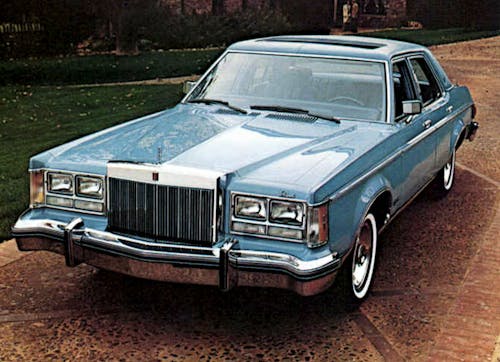
Shocker number one from the 1970s used to be harvested for its precious, disc-brake–laden nine-inch Ford axle and then unceremoniously sent to the scrapper. Good luck making that happen again, as the Lincoln Versailles in #3 condition now has a median sales figure of $6900. Maybe you can still find one at a junkyard that hasn’t been touched, but at this point you might be better off with aftermarket parts on another Ford nine-incher.
Warts and all, people are clearly appreciating the Versailles’ refined NVH and acres of leather. Perhaps the connection to the Ford Granada is actually a selling point for would-be owners in 2023?
Marketplace
Buy and sell classics with confidence
1974–78 AMC Matador: $8400
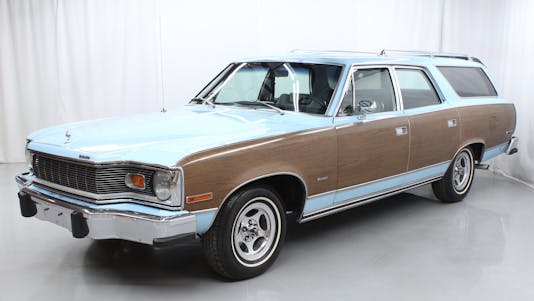
While still lagging behind AMC’s more famous Pacer (which is currently $500 more dear, at an $8900 median price), the Matador’s quirky interior and exterior styling has clearly come out of the shadows to turn into a cool cruiser in a sea of overdone classics and modern CUVs. Owning an AMC product may pose challenges in the current millennium, but it’s clear that rarity increases the value of something. Well, eventually. And this might be the moment the AMC faithful can celebrate!
1974–78 Ford Mustang II: $10,200
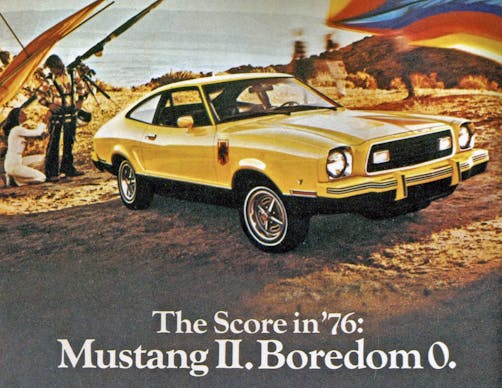
I’m glad to see the Mustang II is getting credit for being a great vehicle in the Malaise Era. Maybe even a great vehicle in general? That’s up for debate, but with a median price over $10,000 for Mustang IIs in #3 condition, it’s clear that surviving members of this breed of Pony Car have turned into an appreciating classic. They are certainly cheaper than first-generation Mustangs, but they clearly stomp on the 1974 Mercury Capri V-6’s median price of $8200.
As the ad above proves, the Mustang II made 1976 far less Malaise-y than it coulda been. But now its clear that 2023 is far less boring thanks to the esteemed Mustang from the time of bell bottom jeans, Erik Estrada, and fondue pots.
1974 Datsun 260Z: $15,950
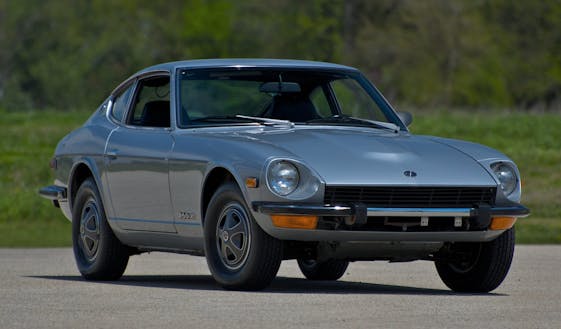
The one-year-only production run of the Datsun 260Z doesn’t quite muster up the broader appeal of the 240Z before it, as its median value is roughly $12,000 lower than the original Z-car. Which only broadens the appeal of all S30-bodied Datsun sports cars, opening the market up to folks who are priced out of the 240Z. These days, all S30s are desirable, and you can have less guilt upgrading one (especially with brakes/powertrains/etc. from the later 280ZX) if it isn’t the original.
All S30s are fun, but there’s something to be said about having more bang for your buck in a 260Z with just a few modifications you’d regret doing to a “valuable” 240z.
1973–76 Chevrolet Caprice Classic: $18,800

The B-body family of GM products has been a favorite of full-size sedan fans for decades, and the last of the truly huge land yachts (before their 1977 downsizing) are commanding transaction prices on par with the smaller, sleeker, Caprices of the 1960s. For example, the 1968 Caprice Coupe is currently at $19,000 and its less desirable hardtop sedan brother rests at $13,000. The $18,800 valuation for all body styles of full-sized Caprice from the Malaise Era suggests all Caprices are equally desirable, no matter their power output or bumper size. And that’s a pretty good place to be, if you were one of the biggest cars from the mid 1970s.
1974–80 Plymouth Trail Duster: $19,800
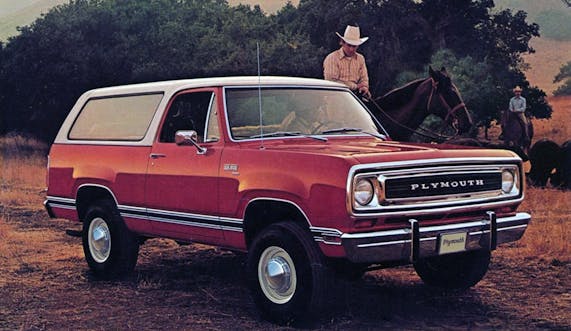
Much like a Denali over a regular GMC, I always felt the Plymouth versions of 1970s Dodge trucks were cooler because of their trademark grille with bold lettering. But the Plymouth Trail Duster SUV never had the widespread name recognition of its Dodge Ramcharger brother, and I reckon more than a few were re-grilled to Dodge standards to ensure a wider audience.
That is still likely a good idea for dealers and flippers, as the Plymouth’s near-$20,000 median price is almost $4000 less than a 1974–80 Dodge Ramcharger in the same condition. And that’s a tragedy, as the Plymouth SUV should be the “grille of your dreams.”
1971–75 Pontiac Grand Ville: $22,150
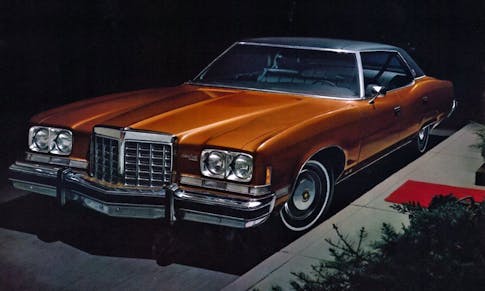
Speaking of grilles, how can the Pontiac Grand Ville be worth more than $3000 over a sistership B-body Chevrolet Caprice of the same era? To be fair, this value is probably skewed by the early Grand Ville’s small bumpers, sleeker styling, and higher power/higher emissions powertrains available at the beginning. But when you’ve run out of GTOs and Firebirds to collect, why not get a full-size Pontiac with the style and underhood engineering so familiar to you?
Or perhaps Malaise Era B-bodies follow the trend of the smaller F-body of the 1970s, as the second-generation Firebird ($16,900) has a median value that is $200 higher than its Chevrolet Camaro ($16,700) counterpart. Because if Burt Reynolds made the Firebird a household name back then, Jackie Gleason’s association with Pontiac sedans certainly couldn’t hurt.
***
Check out the Hagerty Media homepage so you don’t miss a single story, or better yet, bookmark it. To get our best stories delivered right to your inbox, subscribe to our newsletters.









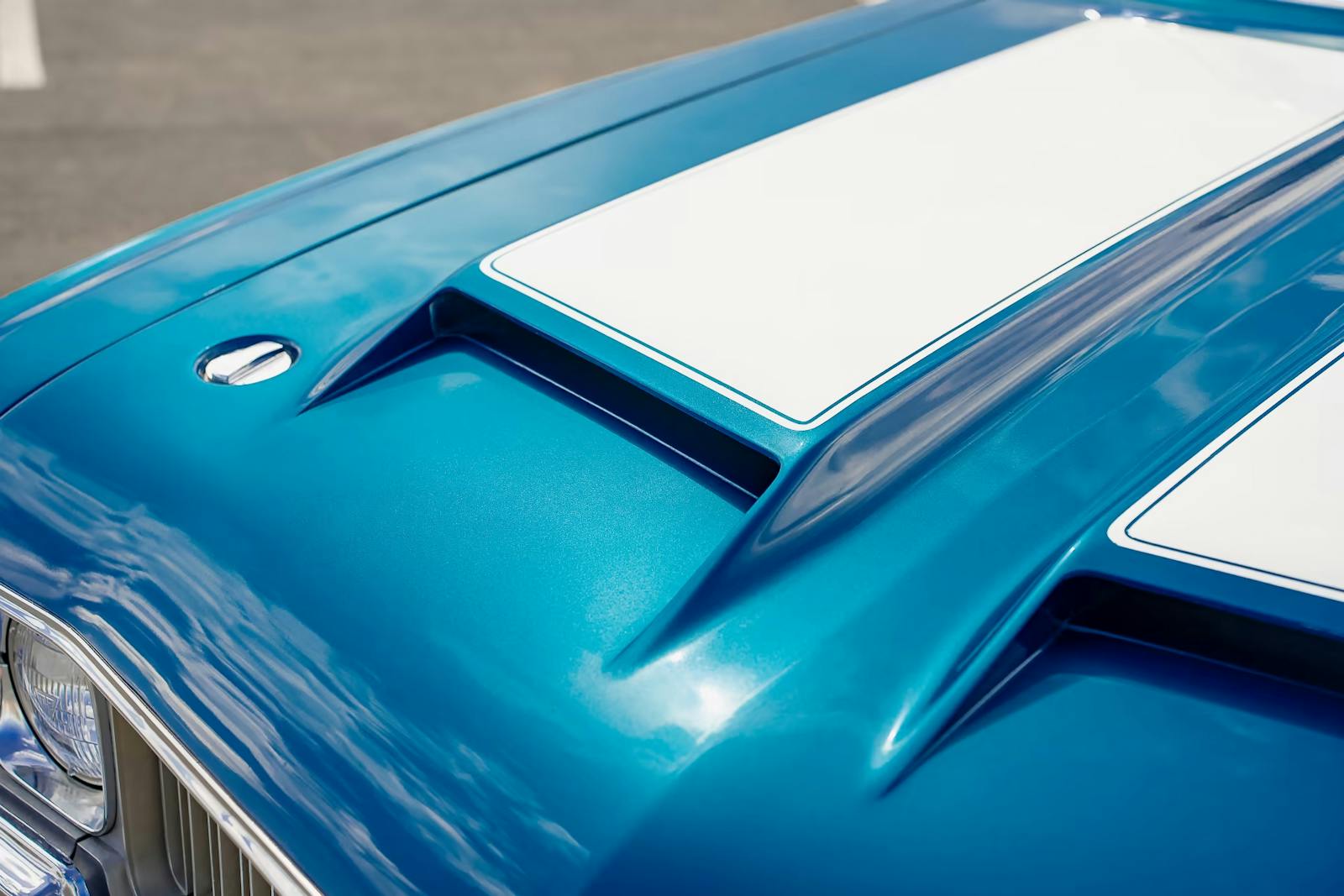









My mid 70s Mustang 2 hatchback got 260000 difficult miles. Traded in and saw it a few years later in a parking lot! Would I pay for another? Maybe.
Good luck finding ANYTHING post ’72. Most went to the scrapyard and most yards don’t keep anything old anymore. Urban sprawl and zoning laws have meant the end for many yards. If it’s not a Camaro, Firebird. Vette or pickup, the parts aren’t there in the aftermarket.
Matadors have surely appreciated. My brother had a Matador wagon the same color as the picture but no woodgrain in the late 80s. Cost $250 and when someone backed into the fender the insurance coughed up $251.50. Still drivable, still ugly and better than free.
I think a lot of the disbelief or surprise about these prices stems from the disconnect between real-world collector cars’ *actual* condition and the true nature of a Hagerty #3 car. Most shiny “classics” I see are far from being #3 cars — there are just too many little flaws, or too much wear, or they are not really original enough. They look good but if professionally scored would be #4 cars at best. Most full-on “restorations” produce Hagerty #3 cars, maybe #2. Taking a very original, well preserved 1974 Caprice and turning it into an actual $18,000 car would probably cost $30K. You would need two very good parts cars as the interiors, switchgear, electrics, etc are approaching unobtanium status. The $5000 Volvos quoted in this article need to be pretty fine examples to fetch that kind of coin, even now — not just tidy drivers. Those can still be found for much less.
Driven hard, neglected, and buried deep. Never liked any of them to begin with, didn’t keep them long and don’t regret getting rid of. Including the 260Z.
I sold Mustang II’s back in the 70’s brand new at a Ford Dealership. They were junk then. Repainted many just to sell them as the paint and body panels rusted before we could sell them.
I think a lot of these are people trying to create markets and/ or being priced out of other more traditionally desirable classics. I’ve waited for years for to see the prices of the “Pintang” shoot up. Seeing guys asking
10k in a lot of areas for 65/66 hot-smoked turd T-code body shells with no usable steel it was probably inevitable.
Nobody wanted these cars when new; they were shoved at us during the overused-termed-but true Malaise era when every designer and engineer was in a funk because they had to create something to fit EPA rules. In the 80s and 90s we (Gen x kids) picked on anything from this era and wanted nothing to do with it. We were into 5.0 mustangs, 16v VWs, and Jeep Cherokees. Who is buying them now? Even if there is some 5-decades on fascination, with COVID disruptions and now economic uncertainty, no one in their right mind would dedicate their budget to manufacturing parts for cars that no one wants. Let’s see where we are in 10 years – maybe, maybe not. I also disagree that 80s and 90s cars will fall into the same peril. By the mid-80s things were getting weird, even if still (mostly) underpowered. Then you had the power renaissance like the 225 5.0 in the Mustang and MKVII, and Cadillac (always collectible) ditched the 4.1. Someone will make parts for an 89 Thunderbird SC or Taurus SHO. No one gives a hoot about a Lincoln Grenada – it was just a sorry car in all respects.
I wonder how many of these late 70s cars got scrapped during the government “cash for clunkers” debacle.
I gotta admit…there’s not a single car on the list that I would pay anything for.
I bought my 1974 AMC Matador NASCAR coupe in 1994 for $1200………it took a long time but I feel I did OK now 25+ years later. Add the 1975 Mustang II Ghia coupe, all original unrestored, we bought from the first owner 3 years ago and I am starting to feel OK about that one too. I bought it for my wife as her family had on new. It was featured at Ponies in the Smokies 2023.
I am rebuilding a 1976 mercury Capri MK2 Ghia 2.8 l V6 – 4 speed manual . Any comments!
WOW – Some great comments. I was a young man driving company cars in the 1970’s. I clearly remember the 1971 Chevy Impala the was cheap and with a lousy emission control engine compared to the late 1960’s Impala. During the gasoline shortage the company I worked for switched to the AWFUL Chevrolet Vega. A fun car to drive, but the MOST UNRELIABLE CAR I HAVE EVERY DRIVEN!!! A buddy had a Mustang II (rusts belt area) and after two years called the it the RUSTANG! I can’t remember how many times I’d get a call on a cold morning to come to his place to jump start his Rustang because it would not start. The company I worked for and my buddy ONLY bought Japanese made cars after that. HOWEVER – I recently saw a 1972 Chevy Impala that had a great paint job, the cheap aluminum trim was chrome plated, the engine was replaced with a modern crate engine with modern overdrive transmission. The car looked far better than it did when it rolled off the GM assembly line. Obviously the car had meant something to the owner since it had more in it than it was worth. Same with 70’s cars the low riders and Donks restore. However this is the exception and I doubt you’ll see many 70’s cars appreciate like the 69’s muscle and pony cars. Actually there are a number of 60’s cars that had for less than $10,000.00 – Darts, Valiants, Falcons, Corvairs, etc.
There is something to enjoy about almost every automotive era. As an older Gen Xer, I grew up with 70s vehicles – my earliest car memories stem from this time. These were the cars my family members, neighbors, friends’ parents and others drove – most of them every day. I LOVE that the market is finally recognizing the value of these cars, not for their amazing performance, but for the experiences and memories they call to mind from our pasts. And they were compromised vehicles for a compromised era – as the auto industry struggled to find footing with the changes in tastes, the economy and access to fuel. I have and continue to own cars from this era because I enjoy the whole experience – not blistering speed or amazing performance – but the connection it brings to when I used to see them on the street. I own and have owned first gen downsized GM B-bodies that folks stopped me in the parking lot to talk about remembering riding in their aunt’s car of the same era, for example. Cars from this era haven’t had the cache of the earlier muscle cars or the later higher-tech European/Japanese imports, but they served an important function at the time. And many still contain the traces back to the earlier eras when automotive brands still tried to distinguish their products with design elements like hood ornaments, fender skirts, body creases and other features. Before the great homogenization that started with the 80’s boxy styles and continues to today. Let’s accept that collector cars are broader than some people might consider and enjoy these “newer” collectibles for what they are today.
I have a 1970 Mercedes 250C. The best looking of the coupes because it is simpler and not rounded off and fatter like the super high value 280 Coupes. It’s painted Smoke Silver and I can daily drive it with the 2.8 ltr straight six option engine. And NO ELECTRONICS. A pleasure to drive a real car made with real steel and chrome. I get lots of compliments here in Santa Fe NM.